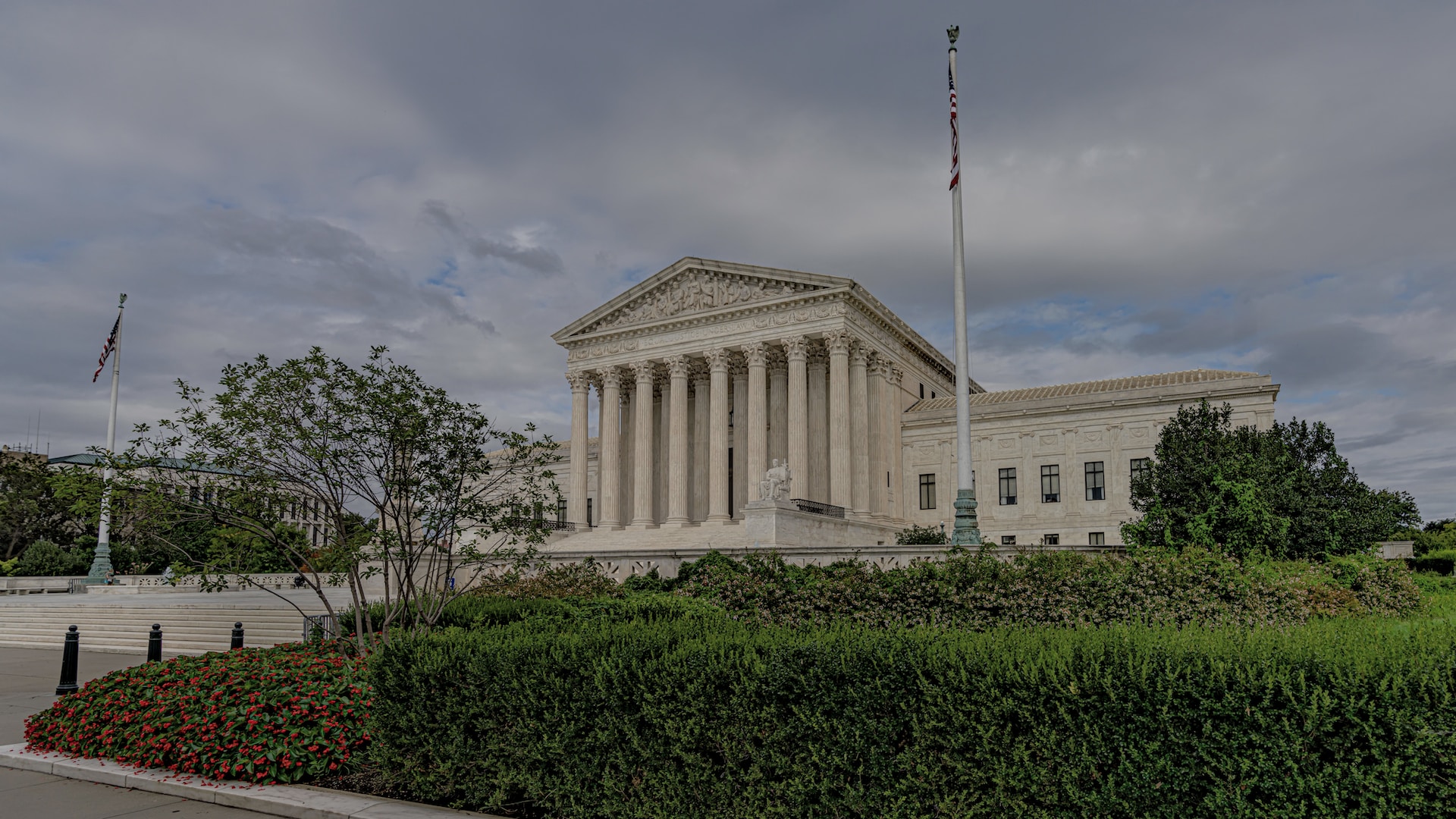
In a recent decision of the Delaware Court of Chancery, the reader is fortunate to be taken on a “tour” by Vice Chancellor J. Travis Laster “through traditional fiduciary law, the DGCL, Delaware corporate law, and Delaware’s support for private ordering” as he examined the validity of a consequential stockholder-level agreement.[1] Ultimately, after carefully scrutinizing the facts and circumstances present, Vice Chancellor Laster found that the Covenant (as defined below), although not facially invalid or unreasonable based on the facts and circumstances of this particular case, to the extent it seeks to prevent the assertion of a claim for intentional breach of fiduciary to be invalid because of policy limitations on contracting.
The facts of New Enterprise Associates 14, L.P., et al. v. Rich, et al., involve Fugue, Inc. (the “Company”), a Delaware corporation founded in 2012 whose business is providing its clients with tools to build, deploy, and maintain a cloud infrastructure security platform. Josh Stella (“Stella”) served as the Company’s Chief Executive Officer during the time in question. In 2013, the Company conducted an offering of its series seed preferred stock, with Core Capital Partners III, L.P. (“Core Capital”), a plaintiff, serving as the lead investor in that series seed offering. Core Capital is an investment fund sponsored by a venture capital firm based in Washington, D.C. In 2014, New Enterprise Associates 14, L.P. and two affiliates, all sophisticated VC funds (these VC funds, together with Core Capital, are referred to herein as the “Funds”), invested in the Company by purchasing preferred stock—ultimately investing approximately $39 million after multiple financing rounds. Each of the Funds was also entitled to appoint one member of the Board. By 2020, the Funds had been invested in the Company for six to seven years, so their investments in the Company were starting to get “long in the tooth” for VC funds. The Funds therefore urged Stella to seek a liquidity event. Toward the end of March 2021, Stella informed the Company’s Board of Directors (the “Board”) of the inability to locate a buyer of the Company, advised the Board that the Company needed capital, and recommended that the Company engage in a recapitalization transaction as a remedy. The Board authorized Stella to proceed.
As the Funds had no interest investing additional capital in the Company, the Company management finally advised the Board and existing stockholders that the only option available was for the Company to engage in a recapitalization to be led by George Rich (“Rich”). Rich and his investor group would only commit, however, on the following conditions (this arrangement is referred to herein as the “Recapitalization”): (i) the holders of all existing preferred stock had to agree to an exchange of those shares for shares of the Company’s common stock; (ii) Rich and his fellow investors had to receive a new class of preferred stock, with preferential rights; and (iii) the Funds and other significant investors had to execute a voting agreement (the “Voting Agreement”) containing, among other provisions, a drag-along right, giving majority investors (i.e., Rich and his group) the ability to sell the Company to a third party and force the minority investors (i.e., the stockholders before the Recapitalization) to sell their ownership interest as well, without the need for consent from the minority investors, in a qualifying transaction. More significantly, the Voting Agreement also included a covenant from each signatory thereto not to sue Rich or his affiliates over a drag-along sale, including the assertion of any claims for their breach of a fiduciary duty (the “Covenant”). The drag-along right would be triggered if the Board and holders of a majority of the shares of the new class of preferred stock (held by Rich and his investors) approved a transaction that satisfied eight specified criteria (typical of drag-along rights—see the model form of Right of First Refusal and Co-Sale Agreement sponsored by the National Venture Capital Association [the “NVCA”] on its website[2]). If those conditions were met, then the signatories to the Voting Agreement were forced to participate in that sale transaction (the “Drag-Along Sale”).
Although the Funds declined to participate in the Recapitalization, they did accept Rich’s terms by executing the Voting Agreement, together with the other investors in the Recapitalization and some existing stockholders. Rich and his investor group then invested roughly $8 million in the Company and acquired newly issued shares of Series A-1 Preferred Stock (the “Series A-1 Preferred Stock”) through two affiliated entities, one of which was designated as the “Lead Investor” for the Recapitalization. Rich controlled both vehicles indirectly through a holding company. Following the Recapitalization, the Board was composed of five members, who were Stella, two independent directors carried over from the Board in existence prior to the Recapitalization, and two representatives of the holders of Series A-1 Preferred Stock: Rich, as the designee of the Lead Investor, and David Rutchik (“Rutchik”).
By mid-July 2021, the two independent directors resigned from the Board after unsuccessful discussions with a potential buyer, leaving Stella, Rich, and Rutchik serving as the remaining members of the Board. The following week, the three-member Board: (i) authorized the Company to issue a second tranche of (almost four million) shares of Series A-1 Preferred Stock to nine buyers, which included the Rich group and Rutchik; and (ii) agreed to amend the transaction documents for the Recapitalization so that the issuance of the second tranche of additional shares was included as part of the original offer and sale of Series A-1 Preferred Stock conducted under the Recapitalization. The importance of this second action is the benefit conferred on the buyers, who would now “acquire the shares at the same price and on the same terms that Rich had extracted in April 2021 when the Company was low on cash and had no alternatives.” Further compounding things, on July 29, 2021, the three-member Board approved grants of stock options and, although the vast majority of them went to employees, each member of the Board also received a large stock option grant. Thus, the issuance of this second tranche of Series A-1 Preferred Stock under these circumstances, as well as the grants of options to the Board members (together, the “Interested Transactions”), the Funds argued, “were obvious instances of self-dealing on terms that appear facially unfair to the Company and highly beneficial to Rich and his confederates” and clear breaches of the duty of loyalty owed to the Company and its stockholders.
Further, during this same time the Company was holding discussions with a potential buyer. After several months of negotiations, the Board informed the stockholders that there was an “agreement in principle” to sell the Company for $120 million in cash. On February 12, 2022, the Company sent to the Funds a draft merger agreement with a joinder agreement and voting form, approving such merger, and told them that “they were obligated to sign the joinder agreement and voting form.” § 1.2 of the joinder agreement contained a release from each signatory thereto for any and all claims against the Company, the directors, and their associates and affiliates. The Funds agreed to do so if Rich and Rutchik would attest that they had not had any communications with the buyer about a potential transaction before the Recapitalization. Rich and Rutchik would only agree to sign substantially narrower affirmations, culminating in the Funds’ refusal to vote in favor of the merger or sign the accompanying joinder. On February 17, 2022, the Company announced the execution of, and the consummation of the closing of the transactions contemplated under, the merger agreement. On May 9, 2022, the Funds sued the directors for breach of fiduciary duties in connection with the drag-along sale. Vice Chancellor noted that the “gist” of the Funds’ claims is that “the Drag-Along Sale (i) failed to provide any consideration for derivative claims relating to the Interested Transactions and (ii) conferred a unique benefit on Rich, Rutchik, Stella, and their affiliates by extinguishing the standing of sell-side stockholders to pursue those claims.” As a consequence, the Funds asserted that the Drag-Along Sale was an interested transaction subject to the entire fairness test, a test the defendants could not satisfy. The defendants moved to dismiss the complaint, arguing that the Covenant foreclosed the Funds’ claims.
Vice Chancellor Laster’s legal analysis in this case was thorough and extensive, first focusing on the facial validity of the Covenant. He examined arguments supporting a finding of the Covenant to be facially invalid (e.g., extent to which parties can waive breaches of fiduciary duties in Delaware corporations) and arguments supporting a finding of the Covenant not to be facially invalid (e.g., ability under law to tailor fiduciary obligations), and noted early in the decision that the “argument against facial invalidity takes longer to unspool.”
In unspooling that argument, the Vice Chancellor reviewed the differences between covenants not to sue versus releases, and whether any public policy limitations could be placed on them; specifically, reviewing Illinois law, New York law, and Delaware law on this issue. He also noted the clear language of the agreements and the terms to which the Funds had agreed, and the bargained-for exchange that induced Rich to be the lead investor and invest, along with his fellow investors, roughly $8 million in the Company in the Recapitalization. The Court of Chancery additionally noted that the Covenant is similar to a provision found (in its most expansive form) in the model form of Voting Agreement sponsored by the NVCA. He examined the ability to contractually tailor fiduciary duties as well as what tailoring was statutorily authorized—specifically, §§ 102(a)(3), 102(b)(7), 122(17), 141(a), 145, 327, and 367 of the DGCL—and concluded that §§ 327 and 367 demonstrate that some loyalty claims can be limited under Delaware law, which indicates that the Covenant is not facially invalid. Vice Chancellor Laster found that Delaware corporate law does permit more fiduciary tailoring “than is commonly understood” to be permitted.
The Vice Chancellor also examined the ability to tailor fiduciary duties under common law and considered Delaware’s contractarian approach (i.e., allowing parties to business entities an opportunity to craft the limits of their obligations). After noting and acknowledging Delaware’s respect for private ordering, the judge compared the leeway permissible in stockholder-level arrangements versus the stricter requirements found in charter documents of corporations. He also reviewed other types of rights that persons can waive (jury trial right, right to counsel, right against self-incrimination, certain property rights, restrictive covenants, and nondisclosure agreements are some examples). On this point, Vice Chancellor Laster noted that the fact a person can waive fundamental liberty and property-interest rights indicates that the Funds could waive their rights associated with ownership in a corporation (i.e., “suggests that the Covenant is not facially invalid”).
In a reflective moment, the Vice Chancellor pondered whether the DGCL should be amended to impose a requirement on stockholders of Delaware corporations to disclose to the corporation the existence of any consequential stockholder-level agreements in effect (i.e., agreements that would meet certain criteria) and restrict the enforceability of any such agreement unless both: (i) a copy of such agreement is delivered to the corporation; and (ii) the corporation in turn either (a) files the agreement or a summary thereof with the Delaware Secretary of State, or (ii) notes its existence on the stock ledger and makes it available for inspection by any stockholder upon request. In footnote 276 of the Decision, Vice Chancellor Laster noted that this type of disclosure requirement would be similar to the “informed consent” a lawyer needs to receive from her client with respect to a conflict of interest that would otherwise constitute a breach of duty to that client under the applicable Rules of Professional Conduct. He also highlighted that his suggested approach on how to deal with consequential stockholder-level agreements (i.e., he proposed that their disclosure be required) differed from the approach advanced by Justice Valihur in her dissent in Manti (i.e., she proposed to invalidate them).
The court then looked to see if declaring the Covenant facially invalid would undermine Delaware’s corporate brand, and Vice Chancellor Laster determined that a stockholder-level agreement for a Delaware corporation, in which the stockholders agree on how to allocate their rights with respect to that corporation, to be consistent with Delaware’s corporate brand. He concluded that, as this case involved a conflict between two elemental forces of Delaware corporate law—private ordering and fiduciary accountability—the argument about undermining Delaware’s corporate brand did not warrant holding the Covenant facially invalid.
Next, the judge considered whether the Covenant should be facially invalid based on the premise that allowing stockholders to waive claims for breach of fiduciary duty through a private agreement would blur the distinction between corporations, which are subject to corporate formalities, and LLCs, which are creatures of contract and whose statutes (i.e., the Delaware Limited Liability Company Act, the Delaware Revised Uniform Partnership Act, and the Delaware Revised Uniform Limited Partnership Act) specifically allow the contracting away of fiduciary duties. Not finding this argument to be persuasive, he noted that the line between these two types of legal entities is already blurred. And he disagreed with the assertion that stockholder-level arrangements blurred the distinctions between the entities, particularly noting the importance of distinguishing between having provisions like the Covenant in the constitutive documents of the entity versus having them at the owner level. On this point, the judge concluded that the argument about blurring the line between the two types of entities was an insufficient basis to declare the Covenant facially invalid.
In the next leg of the tour, Vice Chancellor Laster reviewed relevant Delaware caselaw, first examining not only the majority decision but also Justice Valihur’s dissent in Manti Holdings, LLC v. Authentix Acquisition Co., 261 A.3d 1199 (Del. 2021) (the “Manti case”). In the Manti case, the Delaware Supreme Court reaffirmed the corporate principle that “sophisticated and informed stockholders” of Delaware corporations, who have bargaining power and are represented by legal counsel, can voluntarily waive in advance their appraisal rights under Section 262 of the DGCL. The Vice Chancellor also reviewed a Delaware decision neither side cited: In re Altor Bioscience Corp., C.A. No. 2017-0466-JRS (Del. Ch. May 15, 2019) (TRANSCRIPT) (the “Altor Bioscience case”). In the Altor Bioscience case, the court held that a bargained-for covenant not to sue barred claims for breach of fiduciary duty comparable to the Covenant was valid. From the Manti case and the Altor Bioscience case, the judge formulated a two-step analysis to determine the validity of a provision like the Covenant. First, the provision must be narrowly tailored to address a specific transaction that otherwise would constitute a breach of a fiduciary duty. Second, the provision must survive close scrutiny for reasonableness. The Vice Chancellor then applied that two-step analysis to the facts present in this particular matter and determined, based on the facts available, that the Covenant passed both tests, noting “[t]he facts of this case provide an example of sophisticated parties using a provision like the Covenant to allocate risk and order their affairs. This is a case where a provision like the Covenant can be enforced.”
At this moment, the Vice Chancellor also stressed that this decision should not be construed to stand for the proposition that provisions similar to the Covenant would be found to be enforceable under Delaware law. After noting how courts treat covenants not to compete (an economic right and restraint on trade), the judge said Delaware courts would take a similar hard look in reviewing covenants not to sue, which he termed to be a foundational right (the right to have access to courts, for example). He envisioned and listed certain scenarios (e.g., agreements with retail stockholders as opposed to the sophisticated stockholders suing in this case) where the validity of such a restrictive covenant would be viewed especially critically by the court.
Although Vice Chancellor Laster did conclude that the Covenant satisfied the two-part test of the Manti case and the Altor Bioscience case—i.e., the Covenant was (i) not invalid as a form of impermissible fiduciary tailoring because it only applied to certain sale transactions meeting eight contractually defined criteria and (ii) reasonable based on the facts present—the judge ultimately applied a public policy limitation to the Covenant and found it to be in violation of Delaware’s public policy against the enforcement of contractual arrangements exempting a party from tort liability for harm caused by intentional or reckless conduct. Thus, the motion to dismiss was denied. In support of his conclusion, the Vice Chancellor cited (a) the Restatement (Second) of Contracts § 195, (b) 8 Williston on Contracts § 19:24, and (c) the decision in Abry P’rs V, L.P. v. F&W Acq. LLC, 891 A.2d 1032, 1057–59 (Del. Ch. 2006).
Special thanks to my law partner Michael J. Halloran for his input on this decision and article. ↑
National Venture Capital Association, Model Legal Documents. ↑











